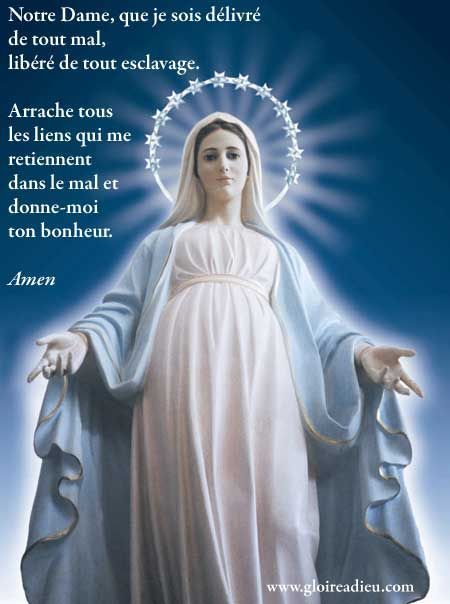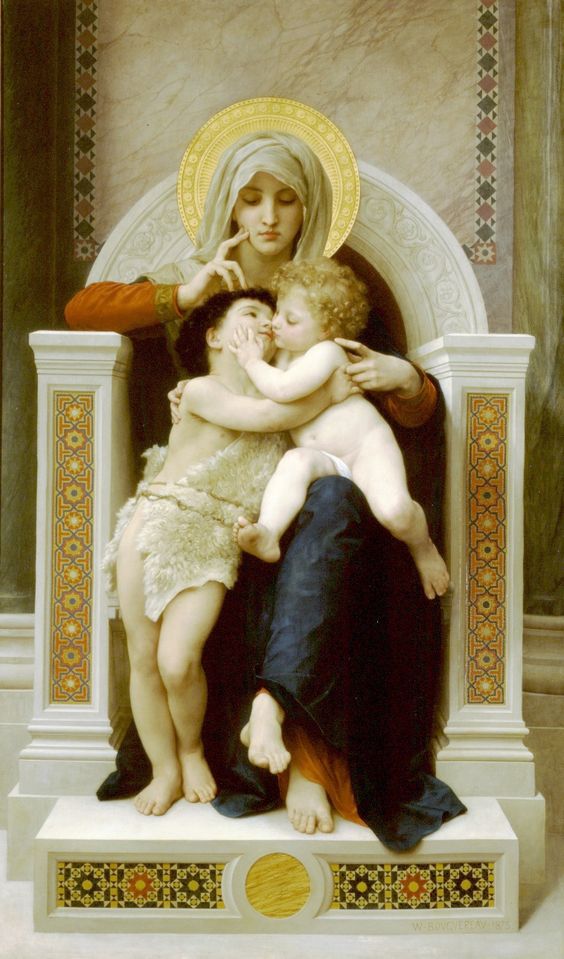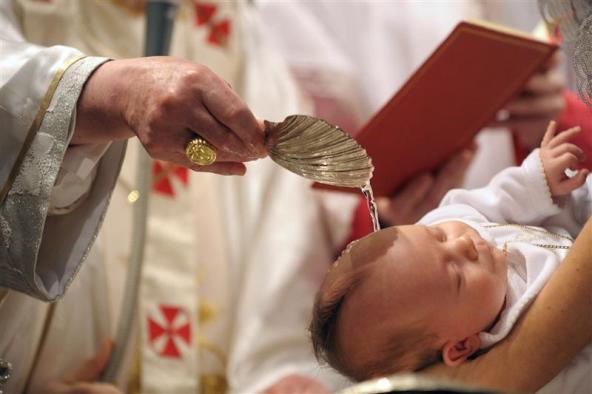CATHOLICISM AND MARY (VI)

Nowhere does the Bible support the emblematic holiness of the halo
(…continued from part five…)
VI. Mariology in the 19th century was dominated by discussions about the dogmatic definition of the Immaculate Conception and the First Vatican Council. In 1854, Pope Pius IX, with the support of the overwhelming majority of Roman Catholic Bishops, whom he had consulted between the years of 1851–1853, proclaimed the dogma of the Immaculate Conception, which had been a traditional belief among the faithful for centuries. On 8 May, during the First Vatican Council, a majority of the fathers voted to reject making the Assumption a dogma, a position shared by Pope Pius IX. In its support, Council fathers highlighted the divine motherhood of Mary and called her the mother of all graces. In 1950, the dogma of the Assumption of Mary received an encyclical from Pope Pius XII. The Second Vatican Council spoke of Mary as Mother of the Church. In 1988 Pope John Paul II stated that the Second Vatican Council confirmed that: “unless one looks to the Mother of God, it is impossible to understand the mystery of the Church.” In 2002 in the Apostolic letter Rosarium Virginis Mariae he emphasized the importance of the rosary as a key devotion for all Catholics and added the Luminous Mysteries to the rosary.

Pope Benedict XVI continued the program of redirection of the Catholic Church towards a Marian focus and stated: “Let us carry on and imitate Mary, a deeply Eucharistic soul, and our lives will become a Magnificat”. In 2008 Pope Benedict XVI introduced a Marian prayer he had composed, which referring to Mary being the Mother of all Christians stated: “you became, in a new way, the Mother of all those who receive your Son Jesus in faith and choose to follow in his footsteps…”
Quite a scatological mind of an individual it will take to disdain the faith and exemplary character of Mary, the mother of Jesus; but when one peruses the Pauline hall of faith (Hebrews chapter eleven), Mary is not accorded a mentioning, neither as the Catholicism engendered ‘mother of God.’ The Holy Spirit did not even direct Paul to do an insertion of her name somewhere in-between verses 39 & 40 to produce a couching like: “God having provided some better thing for us, through the divine matrix of Madonna of the blessed perpetuity of virginity, that they without us should not be made perfect.” Mary, to Catholicism, would have been the co-Perfecter of the faith of Christians if Hebrews eleven has an inclusion of her name.

Guess what the halo behind Mary means? Semiramis, the moon goddess, of course!
Madonna, a Catholicism epithet of Mary, the mother of Jesus, is defined as ‘my Lady.’ Lord, as the masculinity of lady, makes Madonna something else. In the spiritual ritualism of religiosity the lordship of any personage is deistic. The title of Madonna, ergo, is a Papal acquiescence of Mary’s sacerdotal worship. Lacking Scriptural knowledge, it is quite obvious why Catholicism will embark on a vitiation of Exodus 20:3 to bring the knees of Catholic faithful members bowed before the statue of Mary. How could the supposed ‘mother of God’ betray such imperfection seen in Luke 2:41-50? “And he said unto them, How is it that ye sought me? wist ye not that I must be about my Father’s business” [Luke 2:49]? The humanity of the twelve-year old Jesus did not only debunk Catholic’s counterfactual, “Hail Mary full of grace, the Lord is with thee. Blessed art thou among women, and blessed is the fruit of thy womb, Jesus. Holy Mary, mother of God: pray for us sinners now and in the hour of death;” He questioned His mother’s spiritual bankruptcy. The papal Gregory the Great authorised the teaching of first two parts of Marian prayer in 1198, taken from Luke 1:28, 42. Pope Pius V added the third part in 1568. The true words of Luke 1:28 are “Hail, thou that art highly favoured,” which are translated in the Romish Vulgate as, “Ave gratia plena” (“Hail Mary full of grace”), the catechism means that, Mary is full of gifts of grace and on account of this she exists between God and mankind as the mediator to dispense gifts. Mariolatry! The only One who of Scripture is termed ‘full of grace’ is Jesus in John 1:14, “And the Word was made flesh, and dwelt among us, (and we beheld his glory, the glory as of the only begotten of the Father,) full of grace and truth.” This is the only place, in Scripture, ‘full of grace’ appears, making it a hapax legomenon.

Infant baptism? Romans 10:9-10?
On the day of the naming of a new baby, the Roman Catholic Church priest washes the baby’s head which, to Catholic faithful, represents the Christian baptism. Whether it is ‘baptize, baptized, baptizing,’ the Greek word of which is baptizo (bap-tid’-zo): ‘1. to immerse, submerge 2. to make whelmed or soaked (i.e. fully wet)’ or ‘baptism,’ baptisma (bap’-tis-mah): ‘immersion (technically or figuratively),’ it is definitely of a total immersion in water by definition. One only goes for baptism after having been born again (Mark 16:15 &16). The Pope changed the baptismal doctrine to suit Catholicism. A baby, according to the soteriological formula of Romans 10:9, 10, cannot go through the rituals of this spiritual rejuvenation. As babes, Christ did die for them. I am wondering why a priest of Almighty Jehovah will continue to be christening Christian babies Cynthia or Diana, knowing fully well that it is paganistic through and through, being one of the sobriquets of Semiramis.
(…to be continued…)
NB= I’d very much love to read your candid contributions. Thank you!
Read part five. Click here.
CLICK HERE to read part seven.
Visits: 253



